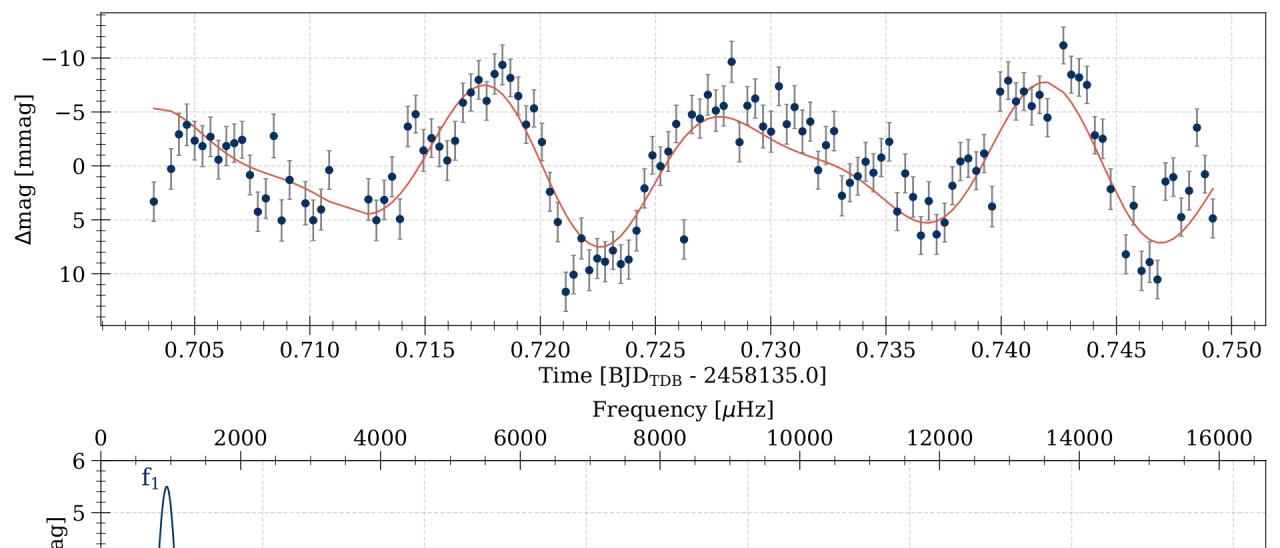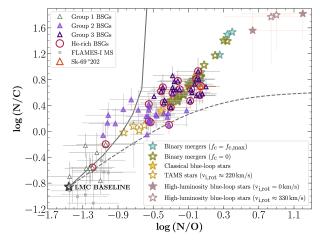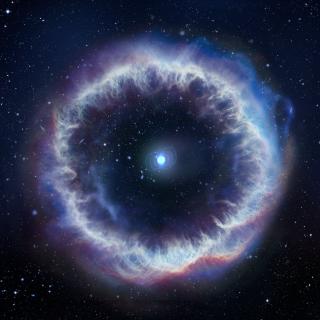Up to 98% of all single stars will eventually become white dwarfs - stars that link the history and future evolution of the Galaxy, and whose previous evolution is engraved in their interiors. Those interiors can be studied using asteroseismology, utilizing stellar pulsations as seismic waves. The pulsational instability strips of DA and DB white dwarf stars are pure, allowing for the important generalization that their interior structure represents that of all DA and DB white dwarfs. This is not the case for the hottest pulsating white dwarfs, the GW Vir stars: only about 50% of white dwarfs in this domain pulsate. Several explanations for the impurity of the GW Vir instability strip have been proposed, based on different elemental abundances, metallicity, and helium content. Surprisingly, there is a dichotomy that only stars rich in nitrogen, which by itself cannot cause pulsation driving, pulsate - the only previous exception being the nitrogen-rich non-pulsator PG 1144+005. Here, we report the discovery of pulsations in PG 1144+005 based on new observations, therefore confirming the nitrogen dichotomy. As nitrogen is a trace element revealing the previous occurrence of a very late thermal pulse (VLTP) in hot white dwarf stars, we speculate that it is this VLTP that provides the interior structure required to make a GW Vir pulsator.
GTC light curve of PG1144+005 (top) and its Fourier amplitude spectrum showing the detected pulsation periods (bottom).
Advertised on
Authors
P. Sowicka
G. Handler
David
Jones
F. van Wyk
References



